- Destinations
- Travel Styles
- About Us
- Contacts
- Destinations
- Travel Styles
- About Us
Surely you know, Vietnamese cuisine is an ode to flavor and taste. The numerous herbs and spices that make up Vietnamese dishes distinguish them from the cuisine of other Asian countries. Vietnamese gastronomy is increasingly captivating and becoming very trendy worldwide, with its diverse range of dishes. In fact, Vietnam boasts no less than 500 different dishes! Follow us through this article for an extraordinary sensory and gustatory journey.
Extremely varied and flavorful, the specificity of Vietnamese cuisine lies not only in blends of herbs and spices found nowhere else, but also in cooking methods and a set of dietary habits unique to the Vietnamese people. Less known than other Asian cuisines such as Chinese, Japanese, or Thai cuisines, it is now rising and transcending borders, becoming increasingly popular worldwide. Vietnamese cuisine often prioritizes taste over aesthetics, perhaps why it has received less attention than other Asian cuisines that are much more 'photogenic'.
.jpeg)
However, Vietnamese dishes have many qualities, such as the diversity of products, increased flavors, or even low-fat and healthy food . The two basic ingredients of Vietnamese cuisine are rice, which is rather sticky, unlike the rice used in the West (in fact, in Vietnamese “to eat” is “an com” literally “to eat rice”) and nuoc- mam, the famous fish sauce which accompanies almost all dishes.
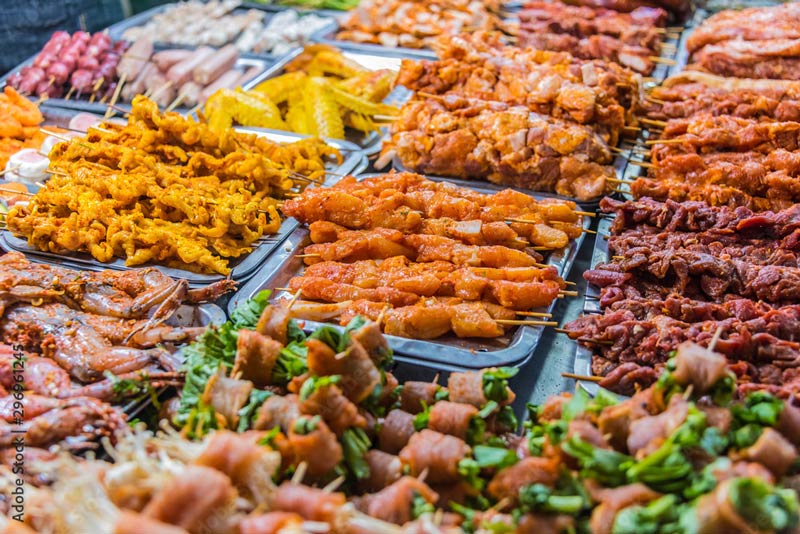
Also note that in Vietnam, we waste meat as little as possible, which is why it is common to see chicken feet and other viscera on the menu.
Street food plays a particularly important role in Vietnamese cuisine, and is an integral part of the country's culture. The street food of Ho Chi Minh City even ranks in the top 5 of the best street food in the world, according to a survey by the American magazine CEOWORLD. You would be missing out on a part of the country's culture if you didn't try to sit down with the locals and enjoy with them a specialty like Pho or some snacks like nem chua ran or snails and shellfish, on the little plastic tables.
Moreover, many Vietnamese are sweet tooths with a wide variety of desserts available.
You might love:
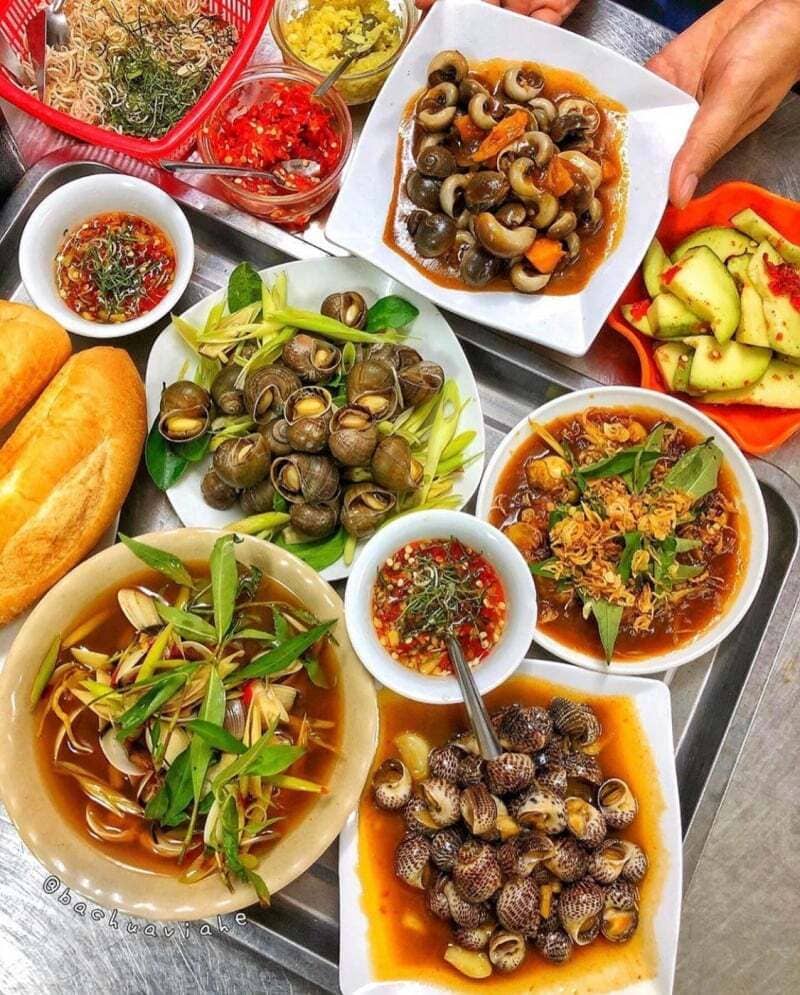
The period of colonization left some traces of its passage in Vietnamese gastronomy, such as the baguette, which became the "banh mi" (sandwich bread), a very popular type of sandwich, or the "pho mai" (cheese), the most popular being the Laughing Cow, which is one of the rare cheeses that can be stored outside the fridge. Ham, pâté, yogurt and ice cream are also part of this culinary heritage that the Vietnamese love today.
>>>> 3-Week Vietnam Itinerary: Hanoi, Hoi An & Ho Chi Minh City: Taste your way through three of Vietnam's most iconic culinary destinations.
You will not find the same culinary specialties throughout the country, or even the same flavors. Thus, the regional cuisine of the North (Hanoi) is generally finer, less abundant in garnishes, and above all less sweet than that of the South (Ho Chi Minh City), where coconut milk is often added to Vietnamese dishes. As for the cuisine of the center (Hue), it is characterized by its more spicy and spicy taste, but also by a wider use of seafood and the famous sculpture of vegetables, a legacy of the imperial cuisine of Hue which is still all his fame today.
Northern Vietnamese cuisine mainly uses vegetables, seafood and fish that are easily available and come from brackish water (freshwater shrimp, crab, fish, clams, mussels, etc.), a consequence of poor agriculture, as well as some meat dishes. Most dishes are garnished with shrimp paste diluted in sauce. It is an ancient cuisine renowned for its flavors, which largely uses soups, stews and grilled meats.
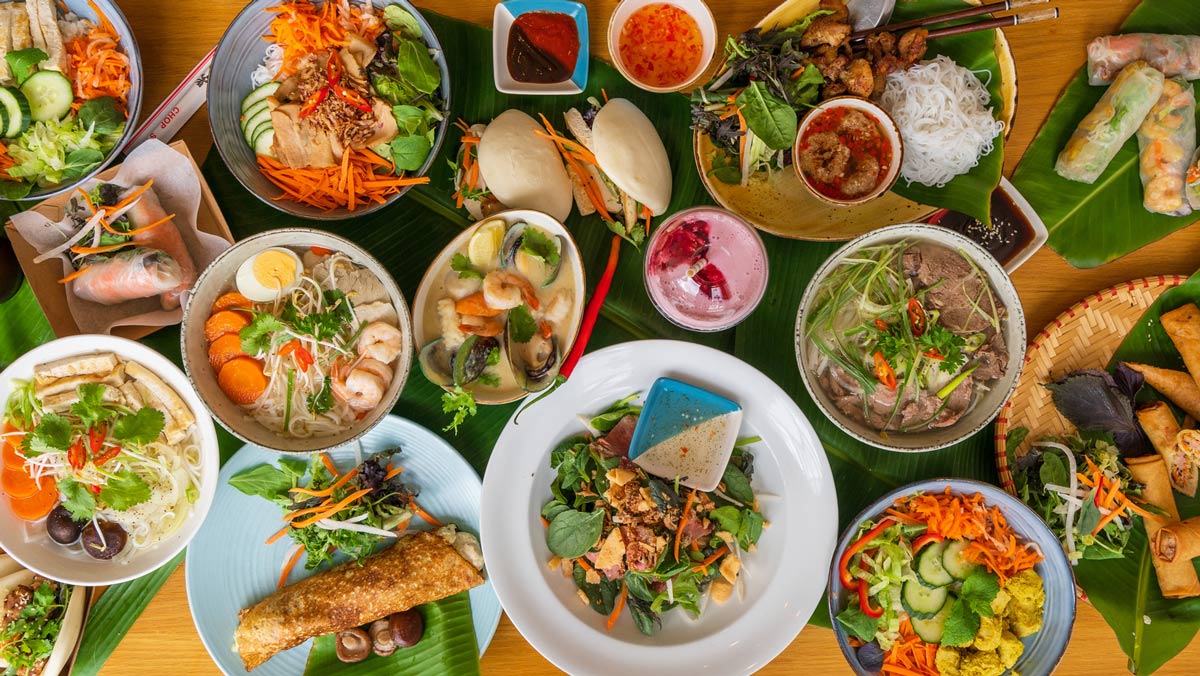
The most famous Vietnamese dish is undoubtedly Pho, originating from the north of the country. Pronounced almost like the “fire” of pot-au-feu, it is a tasty bone broth, ginger, anise, spices, cloves, nuoc-mam accompanied by white noodles, strips of chicken or beef and a variety of aromatic herbs.
We find this classic of Vietnamese cuisine on every street corner, and in the four corners of the country, even if it is undoubtedly in North Vietnam that you will taste the best Pho.
The Vietnamese enjoy it with any meal, whether breakfast, lunch or dinner. It will therefore be very easy for you to taste it. This culinary specialty even has a celebration date, which happens to be Pho Vetnamien Day, December 12.
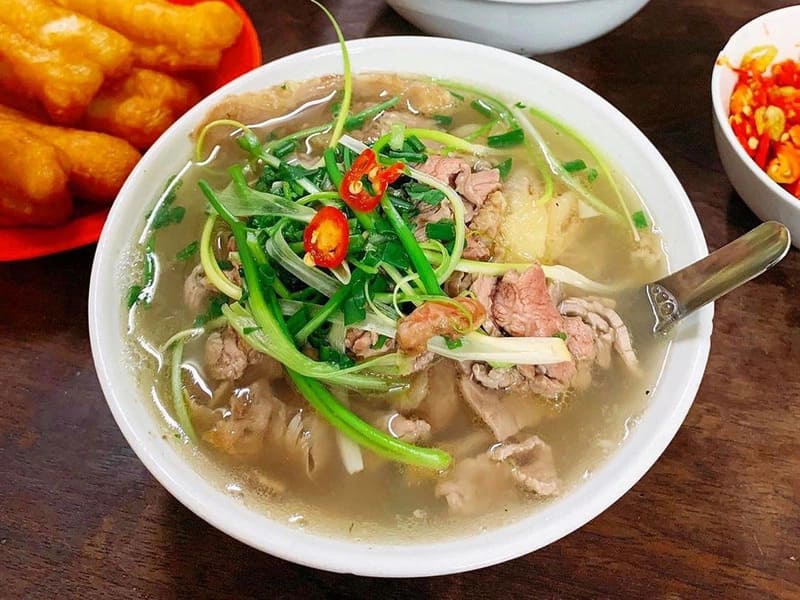
Our recommended addresses that we'll recommend:
Another emblematic dish of North Vietnam, Bun Cha seduces many travelers for its flavors and its delicious meat grilled over a wood fire. The dish consists of grilled pork belly and pork meatballs accompanied by rice noodles (bún), aromatic herbs and marinated vegetables.
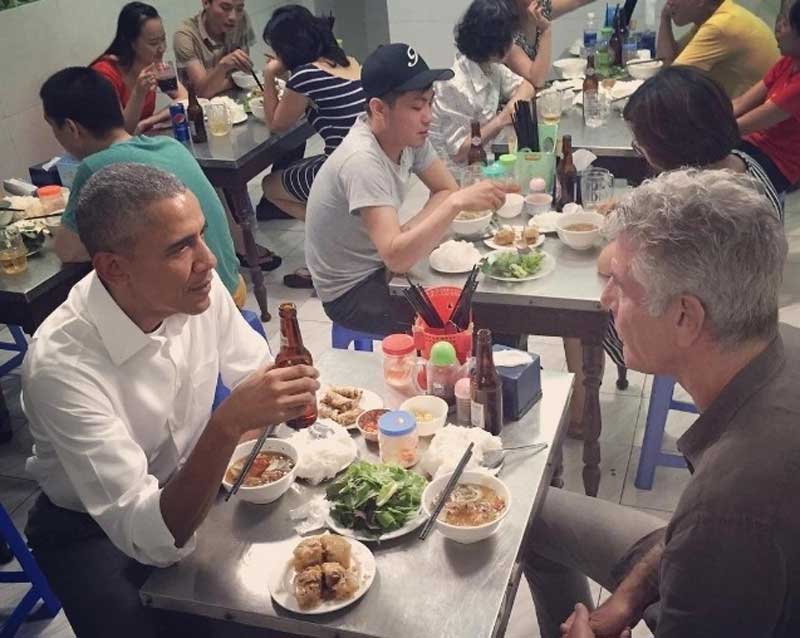
Our recommended addresses:
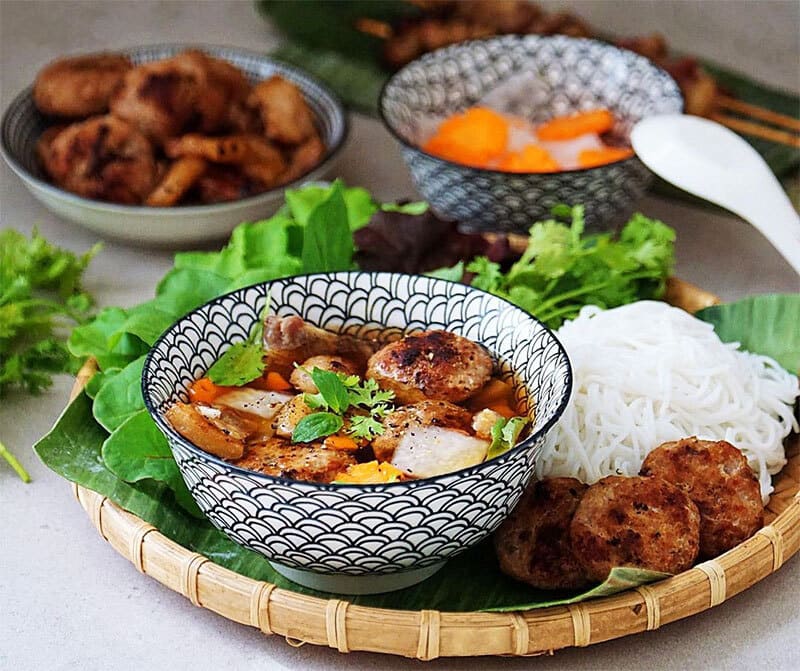
This is a typical Hanoi dish, which dates back to the colonial period. Its English name is Grilled fish (Chả Cá)! The pieces of fish are presented in a pan with oil, and then served with fresh rice noodles, peanuts and aromatic plants.
It is composed of fish fried with turmeric on a bed of dill and chives. It is eaten with grilled rice cakes, rice noodles (bún), fermented shrimp paste and peanuts.
Our recommended addresses:
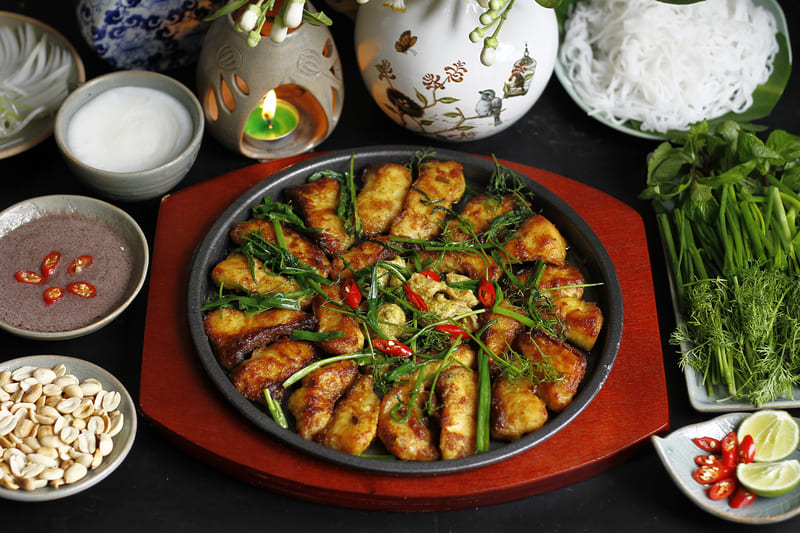
A specialty of Northern Vietnam, Banh Cuon is a dish of dumplings with minced pork and black mushrooms. In Vietnamese culture, this dish is often enjoyed at breakfast or lunch, especially during the changing phases of the Moon (full moon, new moon, etc.). Its preparation varies slightly depending on the city in which they are prepared.
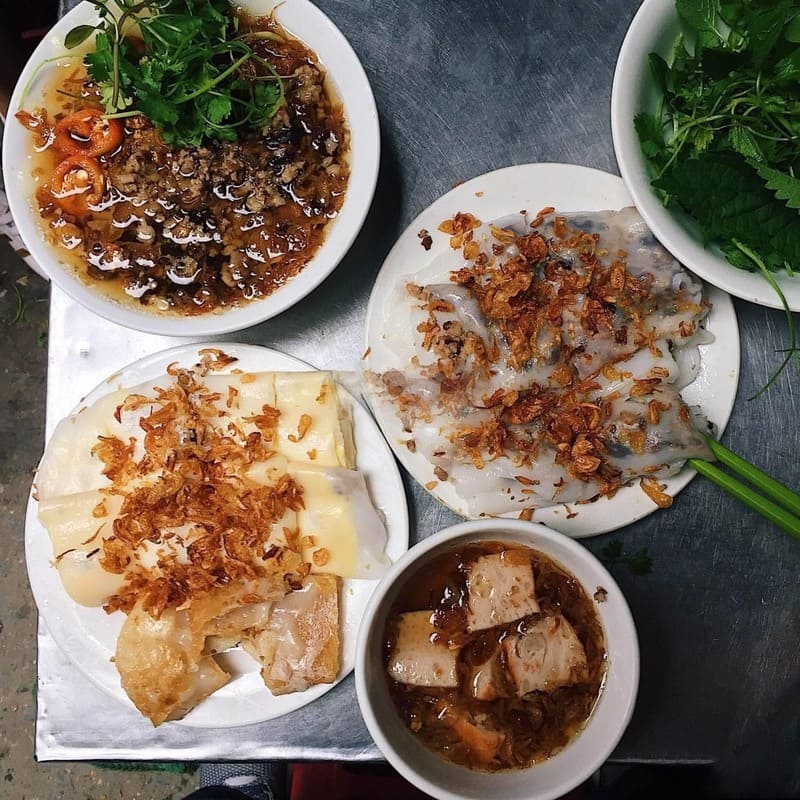
Our recommended addresses:
The cuisine of Central Vietnam is distinguished from other regions by the significant use of chili peppers. Don't forget to notify the restaurant's chef so that you can enjoy spicy dishes at your convenience, at the risk of having your palate and taste buds on fire.
Bun Bo Hue is the emblematic soup of Hue, the ancient imperial city of Vietnam. It is a tasty, rich and spicy soup made of rice pasta garnished with thin slices of beef shank, pieces of oxtail, and pig's trotters, all garnished with coriander, finely chopped spring onion, chopped raw onions and banana flower.
Famous chef Anthony Bourdain even said that "Bun bo Hue soup is the best soup in the world I have ever tasted." A Vietnamese dish not to be missed during your visit to Hue Vietnam!
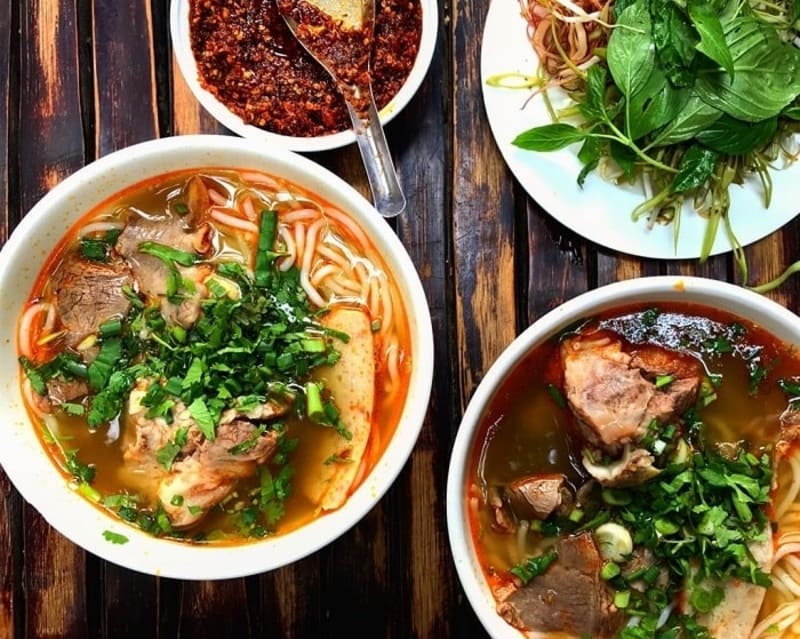
Our recommended addresses:
This dish is a culinary specialty of Hoi An, the city of a thousand lanterns. It is a soup made from mint-flavored noodles, which you can enjoy with slices of pork, soy and crackers, all flavored with aromatic herbs. Cao Lau is a centuries-old dish, born from the culinary influence of the different communities that have lived in Hoi An, such as the French, the Chinese and the Japanese.
Our recommended addresses:
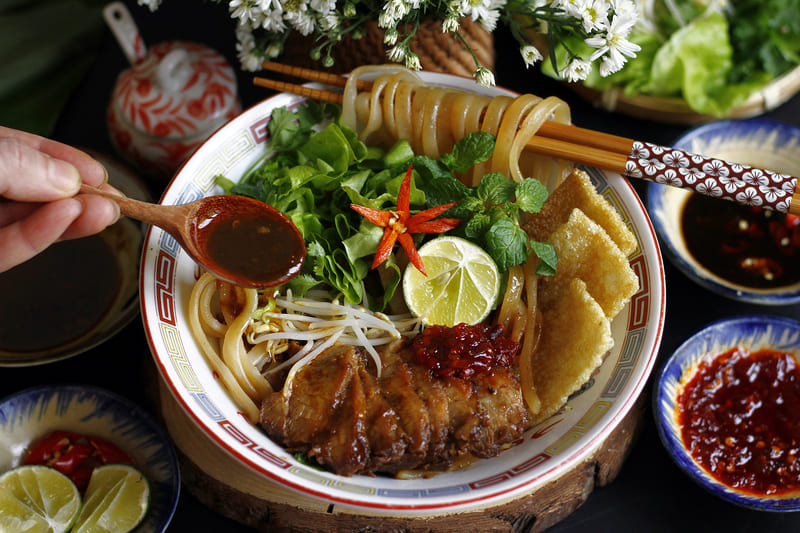
Cơm Gà Hội An, a signature dish from the ancient town of Hội An, is a simple yet flavorful meal that reflects the culinary essence of Central Vietnam. It's a dish that brings together the freshness of locally sourced chicken and the richness of rice cooked in chicken broth, creating a golden-hued delight that's both comforting and satisfying.
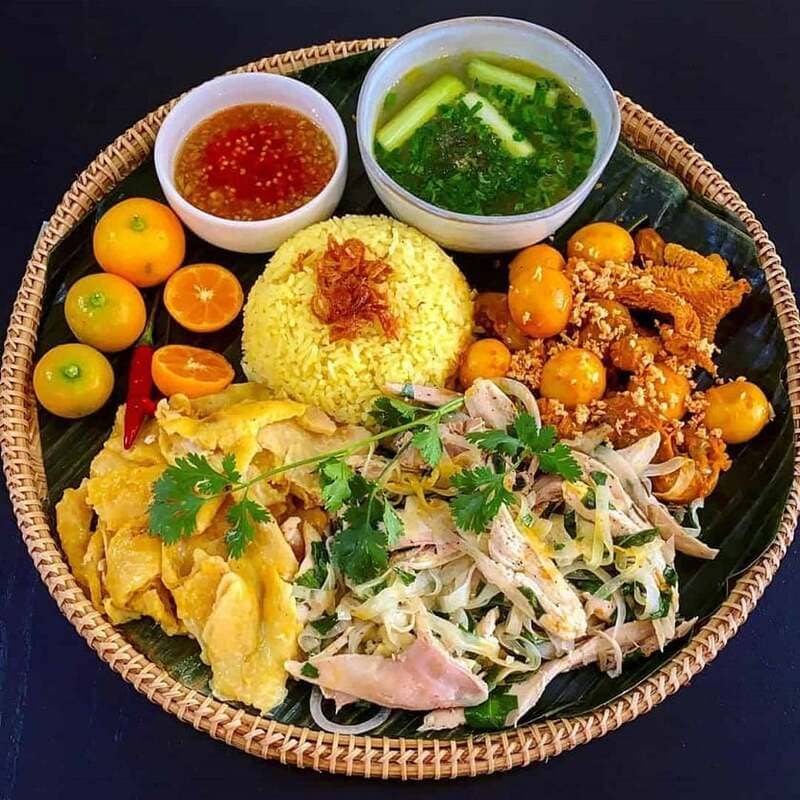
Our recommended addresses:
Another specialty of Central Vietnam, Banh Beo is a dish made from rice flour and tapioca pancakes, fried pork skin, shrimp and chives mixed in onion oil, served in small bowls. It is one of the most popular street foods in Vietnam, especially in Hue.
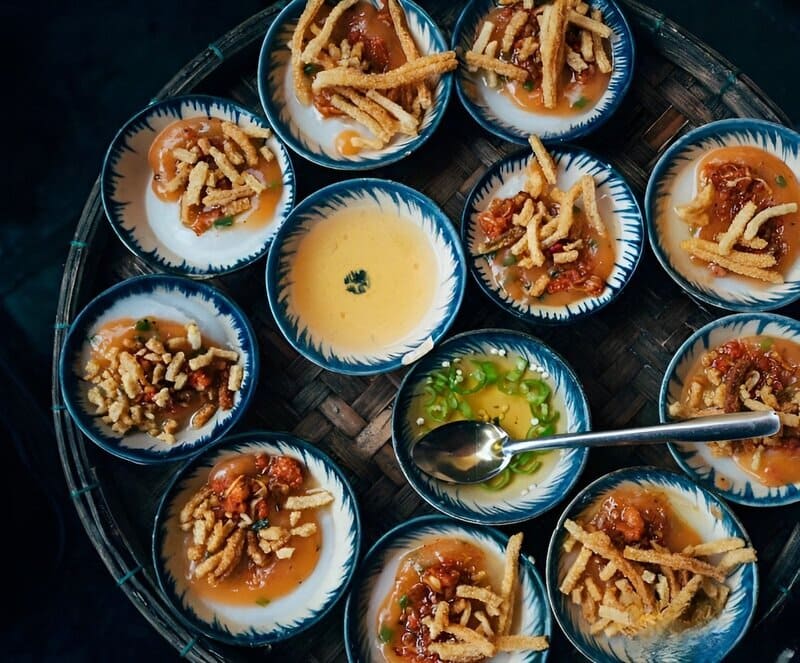
Our recommended addresses:
The cuisine of South Vietnam is sweeter than that of the North of the country due to the influence of Chinese, Cambodian cuisine and Thai cuisine. Thus, we see a strong use of nuts and coconut milk in Vietnamese dishes from the South of the country. This cuisine also includes many dishes made from different dried fish as well as seafood from open water unlike those in the North from brackish water.
Cơm Tấm, or 'broken rice', is a staple in Saigon, akin to the communal Ta Pin Lu. It's a dish that celebrates the local spirit with grilled pork, crispy skin, and steamed egg cake, all harmonizing over fragrant rice. It's not just a meal; it's a shared experience, a taste of Saigon's resilience and warmth.
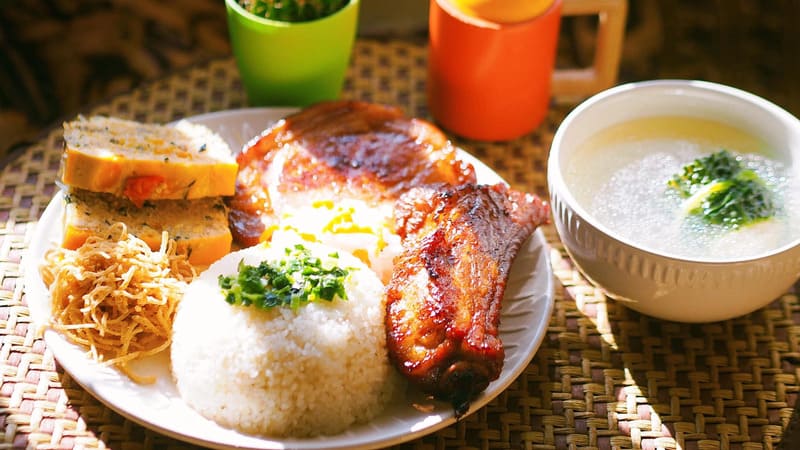
Our recommended addresses:
Among the typical dishes of South Vietnam, we can count Hu Tieu known as Saigon soup, a specialty of the city of Mỹ Tho. What makes it different is its rice paste, which is composed of wheat flour bound with tapioca starch. Originally from the Mekong Delta, it is the most popular Saigon breakfast soup.
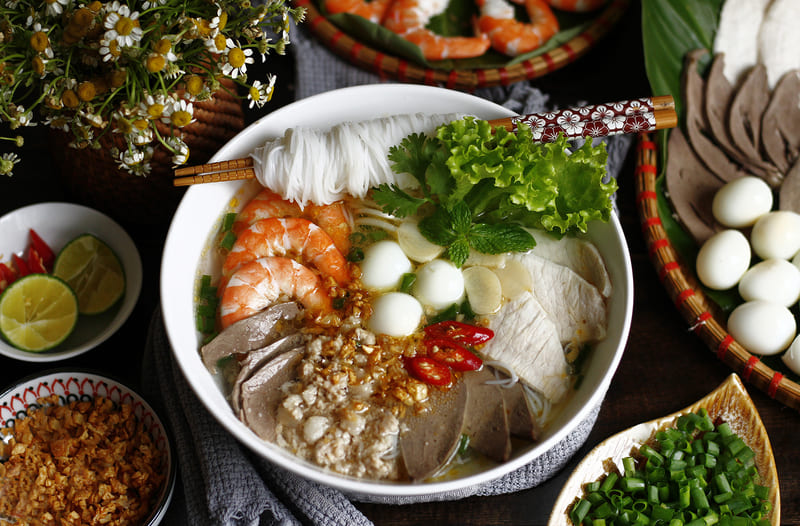
Our recommended addresses:
Known as Lẩu in the North of the country, Ta Pin Lu is the Vietnamese hotpot of South Vietnam. This is a meal that the Vietnamese particularly like when they go out in groups.
Nothing to do with our cheese fondue or our hotpot bourguignonne, here, the dish consists of a broth which is left to boil quietly on a hot plate, and into which we immerse various ingredients according to each person's tastes: beef, chicken , squid, shrimp, carrots, ginger, bok choy, rice vermicelli and green vegetables, to name only the most popular. Very convivial, fondue is a real moment of sharing, appreciated on all occasions.
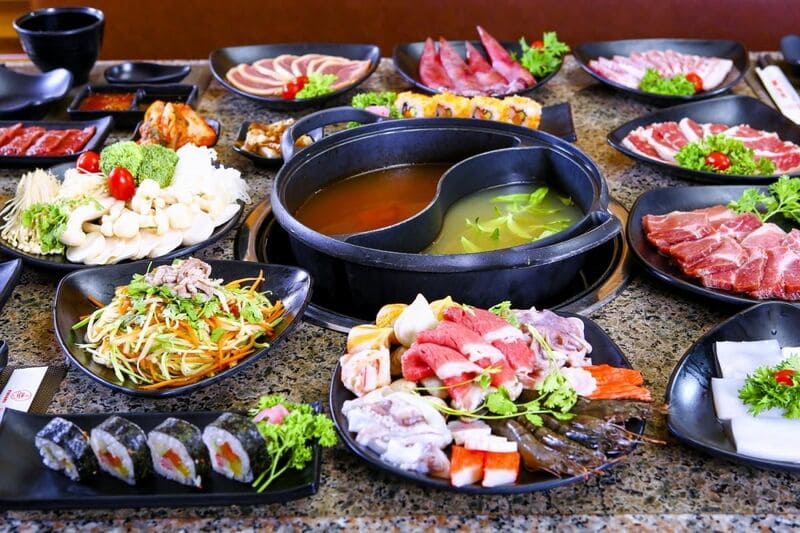
Our recommended addresses:
If you want to try the street food experience to taste some authentic Vietnamese dishes, choose the stalls that the locals frequent, generally because the food there is good, inexpensive and safe.
>>> Also read:

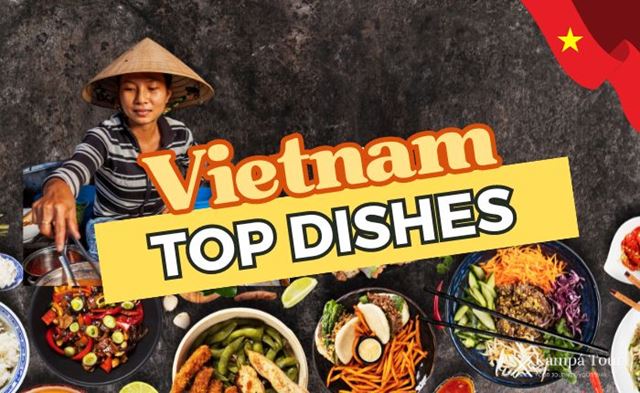
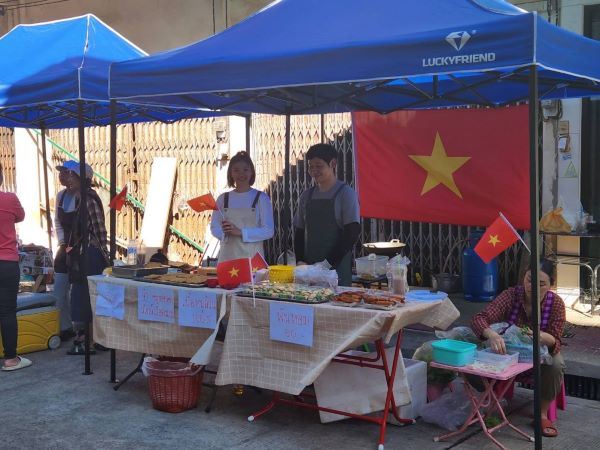
 The Essentials
The Essentials Beaches & Relaxation
Beaches & Relaxation The Essentials
The Essentials Classic and relaxation
Classic and relaxation